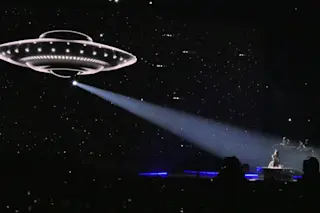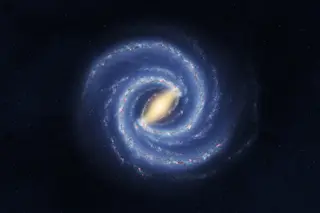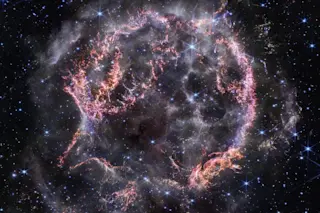Amir D. Aczel writes often about physics and cosmology. His book about the discovery of the Higgs boson, Present at the Creation: Discovering the Higgs Boson, is published in paperback by Broadway Books in November 2012. If somebody told you that there are angels floating in space, observing our world and forming their impressions of our everyday reality, you would think that this person is nuts---a religious fanatic with an active imagination, and certainly not a scientist. Scientists, as we all know, are rational beings who believe only in what nature reveals to us through experimentation and observation, coupled with theory that is never divorced from the physical measurements they make. The link between the two remains tightly regulated through the strict rules of the scientific method. So how do you explain the bizarre fact that, for about five years now, some of the world's most prominent physicists have been ...
The Higgs, Boltzmann Brains, and Monkeys Typing Hamlet
Explore the concept of Boltzmann brains and their bizarre implications for our understanding of the universe and consciousness.
More on Discover
Stay Curious
SubscribeTo The Magazine
Save up to 40% off the cover price when you subscribe to Discover magazine.
Subscribe












